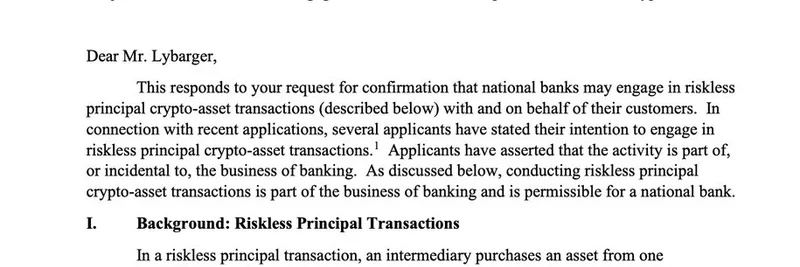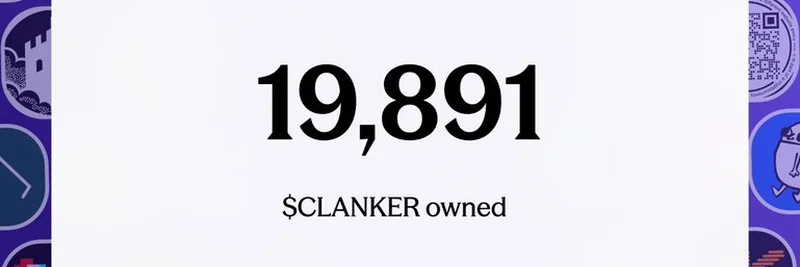In a recent tweet from BSCN, they highlighted the bullish potential of $ION token burns, emphasizing how Ice Open Network is building a deflationary economy that's bigger than it seems. The post links to an in-depth article on BSC News, breaking down the mechanics behind this system. As someone who's been in the crypto space for years, I can tell you this is a game-changer for projects looking to add real utility and scarcity to their tokens. Let's dive into what makes ION's approach so exciting, especially for blockchain practitioners interested in meme tokens and beyond.
Understanding the ION Framework
At the heart of this is the ION Framework—a toolkit designed to support decentralized applications (dApps) across more than 20 blockchains, covering giants like Bitcoin, Ethereum, BNB Chain, Solana, and Polygon. That's about 95% of the tokens out there! What does "chain-agnostic" mean? It simply means the framework isn't tied to one blockchain; any project can plug in and create features like social hubs for chatting, monetizing content, or discovering new stuff—all decentralized.
This flexibility opens doors for meme token projects too. Imagine a fun, community-driven meme coin on Solana using ION to add social features. Suddenly, your token isn't just a joke; it's got real tools for engagement and rewards.
The Magic of Token Burns
Token burns are a way to reduce the supply of a cryptocurrency, making the remaining tokens potentially more valuable—think deflationary like Bitcoin's halving but on steroids. In ION's ecosystem, burns happen automatically through everyday actions in dApps built on the framework.
Here's how it works: When users do something that incurs a fee—like tipping a creator, boosting a post, or promoting content— that fee gets split. Half (50%) burns the project's native token right on its own chain, shrinking supply. The other half goes into the ION Ecosystem Pool, which funds rewards for creators, affiliates, and network nodes. It's a self-sustaining loop where activity directly boosts value.
Even ads play a role. Viewing a promoted post triggers a tiny fee, again split 50/50 for burns and the pool. No more wasted impressions; every interaction adds scarcity.
A Real-World Example
Picture a gaming dApp on Solana that's all about memes and fun challenges. By integrating ION, it launches a social layer where players tip each other or boost high scores. Each tip collects a fee: 50% burns the game's token (say, $MEME or whatever), reducing supply and hyping the community. The rest powers ION rewards, maybe staking bonuses or affiliate payouts. Win-win—the game gets more buzz, tokens get scarcer, and users earn ION.
This isn't limited to Ice's own chain. It's cross-chain magic, meaning meme projects on any blockchain can tap in and benefit from deflation without rebuilding everything.
Scaling Deflation and Future Outlook
What sets ION apart is how it scales. It's not just internal apps like Online+, Ice's upcoming decentralized social platform with over 70 partnerships. Every external dApp using the framework contributes to $ION burns. More activity means a bigger Ecosystem Pool, which drives staking rewards and more demand for $ION—leading to even more burns.
For meme token enthusiasts, this could be huge. Meme coins often struggle with utility beyond hype, but ION offers a plug-and-play way to add deflationary mechanics tied to real use. With staking already live and more features coming, Ice Open Network is positioning $ION as a serious player in Web3, challenging centralized social media by putting power (and profits) back in users' hands.
If you're building or investing in blockchain projects, keep an eye on ION's weekly deep-dive series. It's packed with insights on how usage fuels value. For the full scoop, check out the original article on BSC News. What's your take—could this spark the next wave of utility-driven meme tokens?



